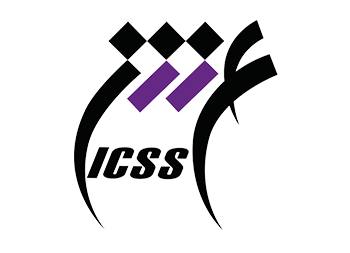How Brain Arousal Mechanisms Work Paths Toward Consciousness

This is a book written with a depth of literature review that should appeal to neurologists interested in the application of basic science to their profession. In addition, the text tries for a clarity that should invite a look by educated non-scientists.
To reverse engineer brain arousal mechanisms, I reframe a vital question with a formulation not previously used: “Why does any animal or human do anything at all”?
Beyond citing facts, I propose theoretical ideas about how brain arousal systems are organized. They must be reliable and they are. First, the nerve cell groups which support arousal are highly interconnected. In particular, some “master neurons” for arousal have such long axons sporting additional projections short, medium, and long that the neural net for what I call Generalized Arousal (GA) looks to me scale-free; that is, lots of neurons have few connections but these “master cells” have an extremely large number of connections.
And the GA system can produce scale-free behavior. Thinking this way offers the opportunity of applying the rigor of physical and mathematical approaches to neurological and behavioral science. Because these master cells are supplying identical signals over their long axons up and down the neuraxis, they are, necessarily, producing “neuronal integration.” Because these long axons run up (anterior) and down (posterior) the neuraxis, we therefore can talk about an anterior/posterior longitudinal integrated (A/P,Lintegrated) arousal system. As this system evolved from fishes to humans, it developeda high road (through the thalamus) as well as a low road (through the hypothalamus) from the brainstem to the forebrain. Both are important.
مطالب مرتبط

کتاب تمرین درمان شناختی – رفتاری برای مشکلات سلامت روان
۱ / اردیبهشت / ۱۴۰۴

درآمدی بر روانشناسی خرد
۱ / اردیبهشت / ۱۴۰۴

سرشت – چگونه سیمکشی مغزهای ما هویت ما را تعیین میکنند؟
۱ / اردیبهشت / ۱۴۰۴

